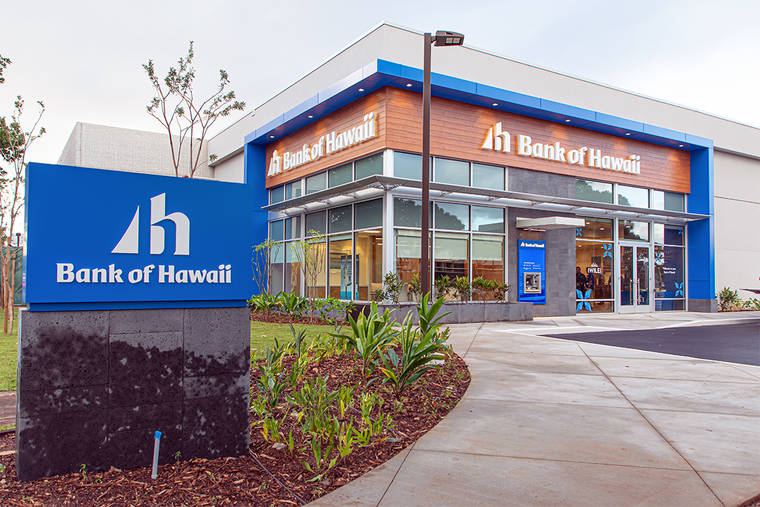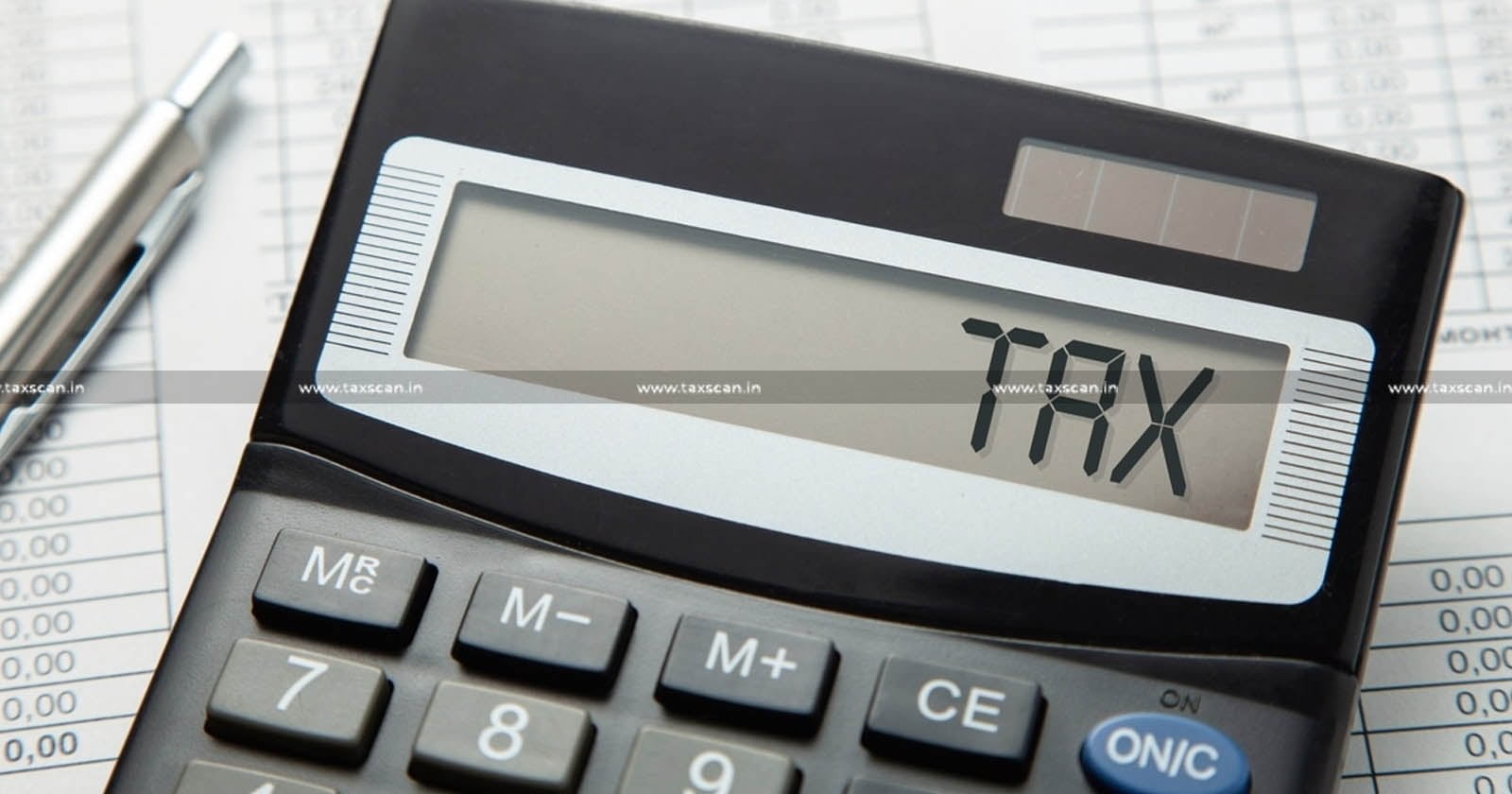Hawaii is a beautiful island paradise known for its stunning beaches, rich culture, and delicious food. But did you know that when you buy things in Hawaii, you might have to pay a little extra? This extra money is called a “sales tax.” Understanding Hawaii sales tax can help you know how much money you need when shopping or eating out. In this article, we’ll break down everything you need to know about sales tax in Hawaii in a way that’s easy to understand.
What is Sales Tax?
Sales tax is a small percentage added to the price of goods and services you buy. Imagine you want to buy a toy that costs $10. If the sales tax is 4%, you would have to pay $10.40 in total. The extra $0.40 goes to the government to help pay for things like schools, roads, and parks. In Hawaii, sales tax is called the General Excise Tax (GET).
The General Excise Tax (GET)
In Hawaii, the General Excise Tax (GET) is a little different from what you might think of as sales tax. While many states charge a sales tax on the final price of items, Hawaii’s GET applies to all business income. This means that businesses pay the GET on everything they sell, and they might pass this cost on to you as a customer.
Hawaii’s GET rate is generally 4%, but this can vary depending on where you are in the state. Some counties, like Honolulu, add an additional 0.5% or 0.75% to the rate. So if you buy something in Honolulu, you might pay a total of 4.5% or 4.75% in taxes!
Why Does Hawaii Have Sales Tax?
You might wonder why Hawaii has a sales tax at all. Sales tax helps the government collect money to pay for important services. These services include education, healthcare, transportation, and public safety. Without sales tax, it would be hard for the state to fund these services, which are crucial for the well-being of its residents and visitors.
Moreover, since Hawaii is an island state, many goods have to be shipped from the mainland or other countries. This increases costs, so the state uses GET to help maintain its economy and fund public services.
How is the Sales Tax Calculated?
Calculating sales tax in Hawaii is straightforward! Here’s how you do it:
- Find the Price: Let’s say you want to buy a beautiful Hawaiian shirt that costs $20.
- Determine the Tax Rate: If you’re in Honolulu, the total GET is 4.5%.
- Calculate the Tax: To find out how much tax you need to pay, multiply the price by the tax rate.
Tax=Price×Tax Rate\text{Tax} = \text{Price} \times \text{Tax Rate} Tax=20×0.045=0.90\text{Tax} = 20 \times 0.045 = 0.90
- Find the Total Price: Now, add the tax to the original price.
Total Price=Price+Tax=20+0.90=20.90\text{Total Price} = \text{Price} + \text{Tax} = 20 + 0.90 = 20.90
So, if you buy that shirt, you will pay $20.90 in total!
What Goods and Services Are Taxed?
In Hawaii, not all items are taxed the same way. Here are some general rules about what is taxed:
Taxable Items
- Clothing and Accessories: Most clothing is subject to GET, including shoes, hats, and bags.
- Food and Beverages: Generally, prepared foods sold at restaurants are taxed, while groceries bought at supermarkets may not be.
- Hotels and Lodging: If you stay in a hotel, the room price will have GET added to it.
- Services: Many services, such as repairs and professional services (like legal or consulting), are also subject to GET.
Non-Taxable Items
- Prescription Medications: These are typically not taxed, making it easier for people to afford necessary healthcare.
- Certain Foods: Unprepared foods sold in grocery stores often do not have GET. For example, buying a loaf of bread usually doesn’t come with sales tax.
- Child Car Seats: Essential items for children are often exempt from sales tax to help families save money.
Understanding the Exemptions
While many items are taxed, Hawaii also offers certain exemptions to help individuals and families. Here are a few exemptions to know about:
- Non-Profit Organizations: Some non-profit organizations may not have to pay GET on certain purchases, helping them save money for their important causes.
- Farmers and Agriculture: Certain farming supplies and equipment may be exempt from tax to support local agriculture.
- Schools and Education: Supplies and materials purchased by schools for educational purposes can be exempt from GET, helping to reduce costs for educational institutions.
Tips for Visitors Regarding Sales Tax
If you’re visiting Hawaii, here are some helpful tips regarding sales tax:
- Know the Total Cost: Always ask about the total cost, including taxes, before you finalize a purchase. This can help you stick to your budget.
- Keep Your Receipts: If you’re shopping and plan to return items, keep your receipts. They will help you get your money back, including any sales tax you paid.
- Look for Sales and Discounts: Sometimes stores have sales or discounts that can help lower the price of items. Make sure to check for these before you buy!
- Watch for Tax-Exempt Items: Be aware of which items may be tax-exempt, like certain foods or medicines, to save money while shopping.
Conclusion: Why Understanding Hawaii Sales Tax is Important
Understanding Hawaii sales tax can make your shopping experience much easier. Whether you’re a local resident or a visitor enjoying the beauty of the islands, knowing how GET works helps you make informed decisions about your purchases. With a little knowledge, you can plan your budget better and avoid any surprises at the checkout. Hawaii is a great place to shop, eat, and enjoy life, so knowing about the sales tax can help you make the most of your time here!



